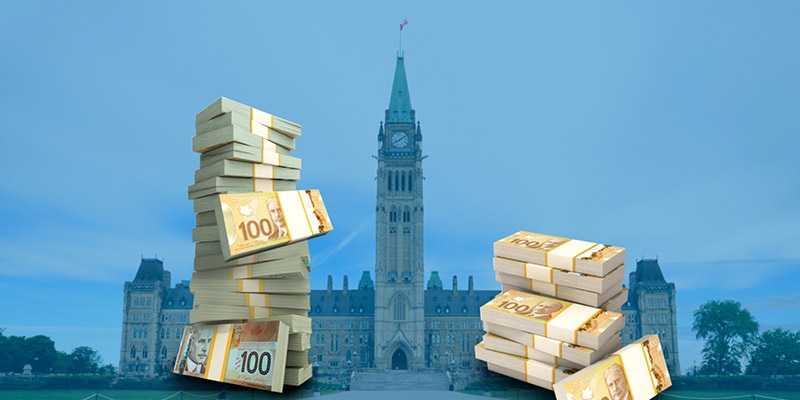Why Is Equalization Still Growing?
— Published on October 31, 2019

- Equalization is a federal government program that aims to provide all Canadians with access to comparable public services at comparable levels of taxation. To do this, it transfers federal tax dollars collected from taxpayers across the country directly to provincial governments in lower-income provinces with lower fiscal capacities.
- In recent years, largely as a result of economic slumps in some provinces, disparities between the fiscal capacity of recipient and non-recipient provinces have shrunk significantly.
- Despite the reduced fiscal disparity between richer and poorer provinces, under the program’s current rules, aggregate equalization payments are required to continue growing (in line with the national growth in GDP), due to a policy change introduced in 2009.
- This bulletin shows how the convergence in the fiscal capacities of recipient and non-recipient provinces in recent years is now causing the GDP growth rate rule to act as a floor on equalization payments rather than a ceiling that constrains their growth, which was the purpose for which the rule was introduced. In fact, over the past two years, this rule has had the effect of increasing program costs by $2.1 billion or 5.7 percent.
- This bulletin discusses the history of the fixed growth rate rule, shows how its effect has changed over time, and projects the future impacts of the rule under two different economic scenarios.
- We present one reform that could eliminate the GDP growth rate rule while maintaining certainty about program costs for the federal government: replace the fixed growth rate rule with a flexible equalization envelope that expands and contracts along with the disparity in fiscal capacity, constrained only at the upper end by a ceiling that grows in line with nominal GDP.
Authors:
More from this study
Subscribe to the Fraser Institute
Get the latest news from the Fraser Institute on the latest research studies, news and events.





